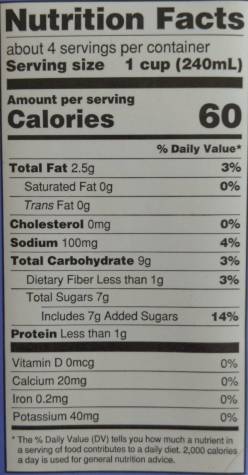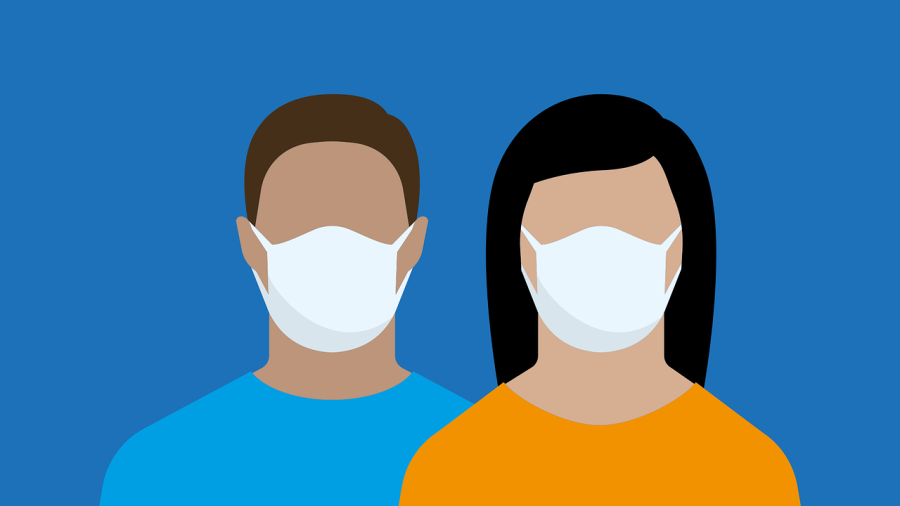
Living a healthy life requires eating well. Wherever you go grocery shopping, do you read and pay attention to the nutrition facts on the labels of your favorite foods? Yes, I know, it takes more time to read that information, but you really should take the time to do so!
You might say it’s easier going to the market and grabbing your daily essentials and then leaving. However, isn’t it important to know what goes into your body? They could be good or bad ingredients. Let’s find out why it’s necessary to read and understand the nutrition facts.
The first thing you see on the list is the Serving size. It shows the number in grams or milliliters. The sizes are also mentioned in cups and teaspoons.
The largest words you see are Calories, which give your body energy. They are the proteins, sugars, and fats that give your body strength. It’s important to take in a lot of calories, but you must remember to burn calories with exercise.
 Teenage girls require 2,000-2,800 calories a day. Teenage boys need a little more than that. Beware of sweets with a lot of sugar or fried foods, as those contain lots of calories.
Teenage girls require 2,000-2,800 calories a day. Teenage boys need a little more than that. Beware of sweets with a lot of sugar or fried foods, as those contain lots of calories.
Below Calories, you will see Total Fat, Saturated Fat, and Trans Fat. Yes, fats may sound like something you want to avoid, but not all fats are bad. Fats help our skin look plump and healthy.
Saturated Fats are bad fats and come from animals. They cause problems with cholesterol, blood pressure, heart disease, and more. Unsaturated fats are good fats and come from plants.
They help the good cholesterol and lower the bad cholesterol. Trans fats are unsaturated fats that are chemically made, and everything you eat should have absolutely zero grams of trans fats.
Cholesterol is waxy material found in the body. Teens do not normally have to worry about high cholesterol, but it’s good to prevent it by eating foods containing healthy oils or by shortening the amount of fried foods you consume.
Sodium is salt. Salt is a seasoning which is tasty on foods. Just beware of consuming too much salt. Salt can lead to higher blood pressure, so make sure to balance it.
Carbohydrates are fibers, sugars, and starches. Our body turns carbohydrates into glucose to create energy for the body.
Fibers are in vegetables, fruits, oats, wheats, and more. They prevent heart problems, cancer, and other harmful things for your body. They are two types of fibers: insoluble fiber, which doesn’t dissolve in water, and soluble fiber, which does.
Sugar is a sweet, but at the same time terrifying, ingredient. Sugar needs balance. If you eat too much, your body will feel sick and if you eat too little, your body will want to crave more. Did you know that sugar has 56 different names!
A similar ingredient to sugar is called sugar alcohol. It isn’t always listed in nutrition facts, and it can be found in protein bars, gum, toothpaste, and more.
Protein is what supports your body by giving it energy. It maintains the tissues, cells, and other organs in the body. Protein improves your stress and your susceptibility to diseases, and it keeps you looking healthy inside and out.
Below the nutrition facts, you will see Vitamin D, Calcium, Iron, and Potassium. These elements help your body function normally.
If you look below the nutrition facts, there is an ingredient list. Sometimes it’s a super short, normal, or long description. Ingredients are listed by the amount that they appear in the product, so if a food’s first ingredient is sugar, try to avoid it! Also, try to stay away from artificial colors or other unhealthy ingredients.
Overall, the next time you go grocery shopping, please take some time to pick up an item and read the label. Not only will this make you feel better over the course of your day, but you’ll also live a healthier life, both now and in the many years to come!











